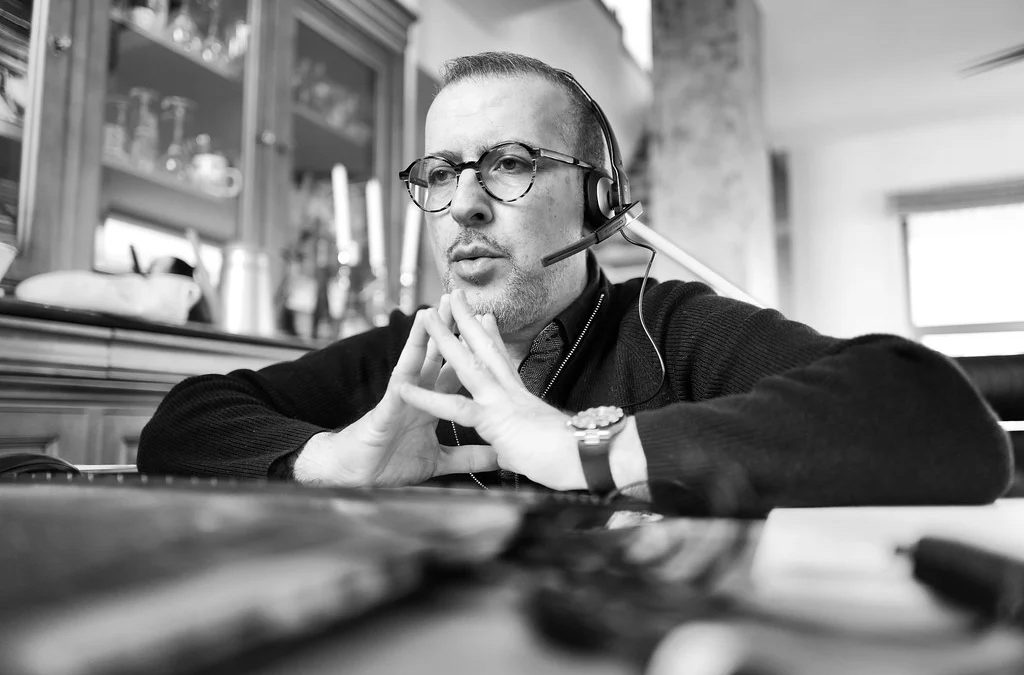- Home
- Blog Center
- Remote Work Project Delivery Success Factors
Remote Work Project Delivery Success Factors

Even if June marks a new stage for everyone with deconfinement happening everywhere, the fact remains that the period we have been experiencing since the beginning of the pandemic will continue. After the dizzying announcement of the confinement, companies struggled to organize the continuity of their activity while ensuring the safety of their employees. For many, this has resulted in setting up remote work in hopes of continued success.
In this particular context where physical meetings are still limited, whereas proximity typically contributes to respect project deadlines, how can project managers maintain the deliverability of projects?
MAINTAIN PROJECT DELIVERABILITY IN TIMES OF CRISIS
For some clients, projects are slowing down or are temporarily halted, while others cannot see delays. Chances are, these un-delay-able projects were or are becoming structuring projects without any possibility of reconsidering the initial deadlines. (As an example, read the testimony of Suez, who deployed Sciforma Deliver at the beginning of the pandemic).
To maintain our objectives, we have adapted our approach to deliver projects. For some companies it was a question of virtualizing the desktop. For Sciforma, it was a question of virtualizing our collaboration with our customers. By trying to understand what the impact of confinement was for them (drop in activity, partial unemployment, remote working, re-prioritizing projects), we adjusted our approaches and timetables.
A HIGHLY VIRTUAL RELATIONSHIP
While we usually prefer physical appointments with our customers, it is not always possible with all customers. For example, for a full remote company or for our Australian customers, we ensure 100% deployment through web conference. No doubt this experience helped us a lot for the confinement period.
3 POINTS OF ATTENTION TO DELIVER PROJECTS ON TIME IN REMOTE WORK
When a project is already initiated, the secret to deliver it in a “contracted” schedule is continuous small interactions. But how can we guarantee the circulation of information when it is necessary to organize sharing points with saturated timetables?
-
ANTICIPATE
Getting the right people involved at the right time becomes even more crucial than usual in remote work. Interestingly, in a remote work environment, everyone can see, without being able to prevent it, their timetables filled with a multitude of micro meetings. Because that’s the way co-workers, managers, teams keep in contact and stay informed! The consequence is that it is much more difficult to control and adjust your timetable when something unexpected happens.
In the projects we carry out at Sciforma, we make sure to give each participant visibility on their expected interventions, as soon as possible, so that they themselves can anticipate the impacts on their timetable and avoid the tunnel effect linked to unavailability. This can happen, for example, with shared lists and centralized actions in a common tool.
-
CENTRALIZE PROJECT INFORMATION
It’s no surprise that informal exchanges on project progress can be harder with limited physical presence. After all, you can no longer casually discuss a decision with your colleague at 2 open space offices or at the coffee / cigarette break. Because of this, it is fundamental to have a record system that ensures 100% availability of project information.
A basic solution will be to use the famous Google Sheet or an online Excel sheet. At Sciforma, we use our own Deliver work platform to manage and track our implementation projects. Whatever the tool used, its role is pivotal: to enable steering, progress monitoring and the continuous circulation of information between all the project stakeholders.
-
MULTIPLY TO BETTER RATIONALIZE
As the weeks see their batches of phone calls and videoconferences, you need to find a new space-time! Paradoxically, by increasing the number of small interactions, you accelerate your decision-making capacity and secure your project schedule.
This is why, in the projects we have carried over the last few weeks, we have organized 15′ daily standup meetings (short meetings held on a regular basis with the timetable being fed from one meeting to the next) that are particularly well suited to working in remote project mode. This short format also has the advantage to be very well suited to web conferencing and chat tools.
In the first days of confinement, it was clear that project delivery had to adapt to a “distributed” organization, i.e. to a company without physical offices, with connected people who rely on digital technology to collaborate and work together, and no longer the classic organization where most people were in the office and a few in remote work. Follow some best practices will help you gain efficiency in the short term, while preparing more structurally a new way of working.-poss
Photo Credit: flickr.com/photos/159352847@N08/49754143522/







Athena Steimberg